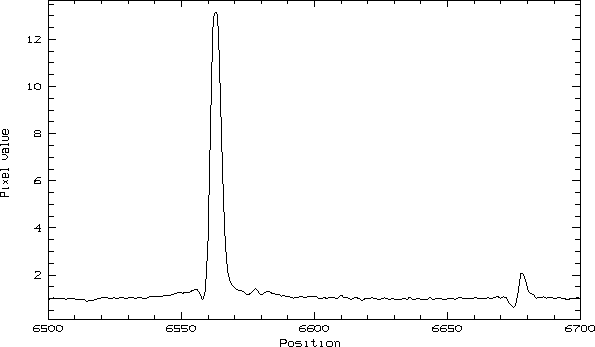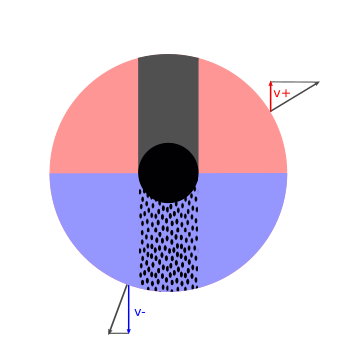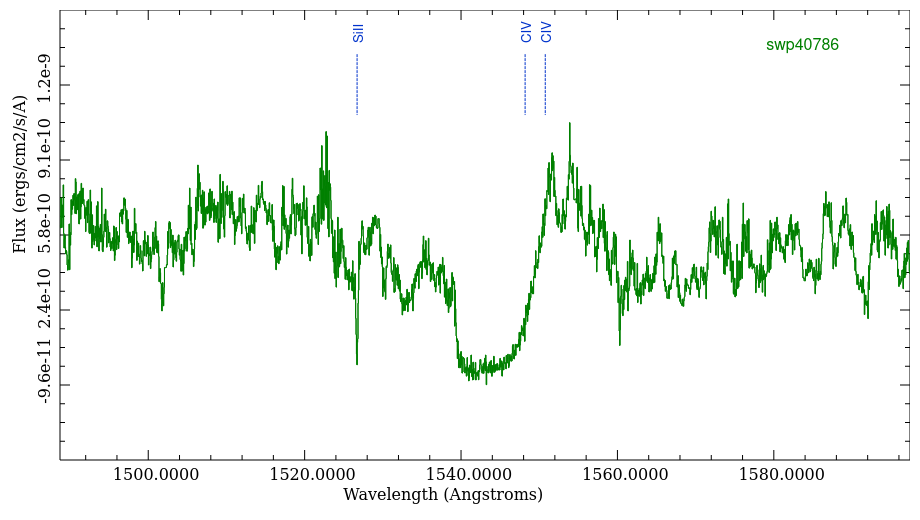Hot Star Winds
Find lots of papers in English and German at Universitäts-Sternwarte München.
The wind on Earth blows largely parallel to the surface. Caused by differences in atmospheric pressure and deflected by the Coriolis effect. wp The massive stellar winds from hot stars in contrary largely blow perpendicular to the surface of the star. It may be deflected, modulated through magnetic fields. The rotating star gives some horizontal momentum. But anyhow we see radial velocities up to 3500 km/s. (Unsöld, Baschek, 1988, p.201)
There are at least two questions:
- How do we know there is a strong radial wind on an object hundreds of light years away?
- What is the force driving those winds to that exceptional speeds?
- What is it good for?yt
What is it good for?
It is good for enriching the interstellar medium with heavier elements without having a super nova, a nova, a planetary nebula. Rocky planets need this. For more see Joachim Puls, USM, AstroLab A, p.8.
How do we know?
We cannot stick out our hand at our spaceship to feel the wind, but we see the
signature in the spectrum at several wave lengths. This signature is an emission line with
a blueward absorption trough. It was first found at novae and in thespectrum of the star P Cygni
aavso. Now
it is called P Cygni profile wherever it is found. Here we see a spectrum of the star P Cygni with
Hα and HeI6678.

J. K. E. Halm then in Edinburgh succests in 1904 that an expanding atmosphere causes this spectral feature. See Halm 1906. The PDF file is behind a pay wall and I don't want to pay for file carrying a more than one hundred years old message. So I will not verify if this is true. We wait thirty years. C. S. Beals describes the status of the observations an the physical analysis of the P Cygni spectra. He wrote:
The absorption line has its origin in the gases moving outward between the star and the observer, while the emission line represents the integrated radiation from atoms not directly in the line of vision between the observer and the stellar surface. The star will, accordingly, be surrounded by a nebulous envelope of outmoving gases …(Beals1934)Voila! Here it is!
Another twenty years later J.A. Rottenberg figures out a theoretical P cygni profile under three assumptions:
- An expanding atmosphere.
- A scattering mechanism. That is scattering photons in arbitrary directions without altering the wave length of the photons in the system of the scattering atom.
- Recombination of electrons and ions. Creating different wave length while the captured electron falls down some energy levels in the capturing atom.
Now, putting it all together into a coherend scene, with the observer at the bottom of the page. We have a
star (black), a radial extending atmosphere partly moving towards us (blue) and away form
us (red). The star occults the fastest receding atoms in this wind (grey) so we miss the
most red-shifted lines in our spectrum. The lines of the fastest approaching atoms
(spotted) add some absorption features to the photospheric spectrum blue-shifted to
various speeds. The material alongside the star only emits light and cannot absorb light
from the star at least from our point of view. It therefore appeares in emission with Doppler shift depending on the
projected radial velocitys e.g v+ and v-. (Böhm-Vitense, 1989, p.219f.)

We measure the speed of expanding shell of our star α Cam with a line of the
threefold ionised carbon atom CIV in an UV spectrum from the archive of the IUE
satellite. Why UV? These lines are resonance lines that appear also in thin gas. The
hydrogen lines are from recombination, a collisional process in relatively dense gas in the vicinity
of the stellar surface (Unsöld, Baschek, 1988,
p.201).
See here the spectrum out of the data base of the International Ultraviolet
Explorer

Line-driven stellar winds
See again Joachim Puls, USM, AstroLab A, p.11.
The ions in the wind material are accelerated due to absorbing photons from the immense bright photosphere of the hot star. These photons carry not only a specific amount of energy \(E_{phot}=\frac{hc}{\lambda}\) dependent on its wave length \(\lambda\) but also a momentum \(p_{phot} = \frac{h}{\lambda}\) that is transferred to the ion. A ion that absorbs a photon from the photosphere gains a momentum outward and accelerates away from the star. Soon the excited ion emits a photon in an arbitrary direction but this emission of a photon and its momentum cancels out. The net effect on a large number of ions is an acceleration outward.
This effect to transfer the momentum of photons to ions is very effective on metals, i.e. ions heavier than helium. These metals have lots of absorption lines to absorb the photons. The metals take the ions of hydrogen and helium with them.
Last modified: 2022 Sep 30